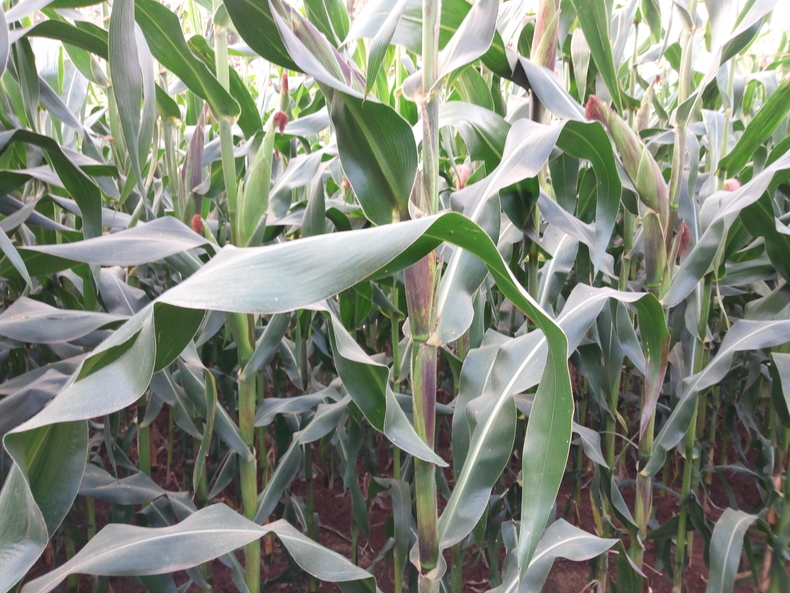
A research team from Centre of Excellence for Translational Photosynthesis has designed a more productive maize which is tolerant to hash climatic conditions such as heat and drought by targeting an enzyme in charge of capturing Carbon dioxide (CO2) from the atmosphere.
The enzyme Rubisco which is in charge of converting CO2 into organic compounds is the main enzyme plants use in their food making process, photosynthesis.
“We developed a transgenic maize designed to produce more Rubisco, the main enzyme involved in photosynthesis, and the result is a plant with improved photosynthesis and hence, growth. This could potentially increase tolerance to extreme climate conditions,” said Dr. Robert Sharwood from the ARC Centre of Excellence for Translational Photosynthesis, led by The Australian National University (ANU).
“There is an urgent need to deliver new higher-yielding and highly adapted crop species, before crops are affected by the expected climate change conditions. These conditions will increase the threats against global food security, and the only way to prepare for them is through international research collaborations,” said Dr. Robert Sharwood from the ANU research School of Biology.
RELATED ARTICLE: New drought tolerant and pests resistant maize variety gets Sh2.5bn funding
Every plant on the planet uses photosynthesis to capture carbon dioxide from the atmosphere, but not all plants do it in the same way. Plants like wheat and rice use the ancient, less efficient C3 photosynthetic path, while other plants such as maize and sorghum use the more efficient C4 path.
C4 plants include some of the world’s most important food, feed and biofuel crops, accounting for 20-25 percent of the planet’s terrestrial productivity. These plants are specially adapted to thrive in hot and dry environments, like the ones that are expected to be more prevalent in future decades.
RELATED ARTICLE: Drought tolerant maize variety matures in three months ready for fresh green market
In C4 plants, Rubisco works much faster and they are more tolerant to heat and drought through better water use efficiency.
“Maize has one of the most efficient Rubiscos and they need less nitrogen to work. So we found that by boosting Rubisco inside the maize cells, we get an increase in crop productivity,” said co-researcher David Stern, from the Boyce Thompson Institute an affiliate of Cornell University.
This is a very exciting finding, because it shows that there is room for improvement even in the more productive C4 crop species.
“In our study we improved CO2 assimilation and crop biomass by 15 per cent, but now we know that we can also increase the pool of active Rubisco and these numbers will increase even higher,” said Dr. Sharwood.
RELATED ARTICLE: Hybrid maize variety does well in semi-arid areas and matures in 75 days ready for fresh green market
“Our next step is to do field trials to see how our maize behaves in real field conditions. We have tested them in glasshouse and cabinet conditions, but now we need to go into the next phase,” said Dr. Sharwood.
According to the researchers, maize or corn is a staple food for billions of people around the world, with more maize grown annually than rice or wheat.
For more info and assistance, contact Natalia Bateman at This email address is being protected from spambots. You need JavaScript enabled to view it.
















Comments powered by CComment